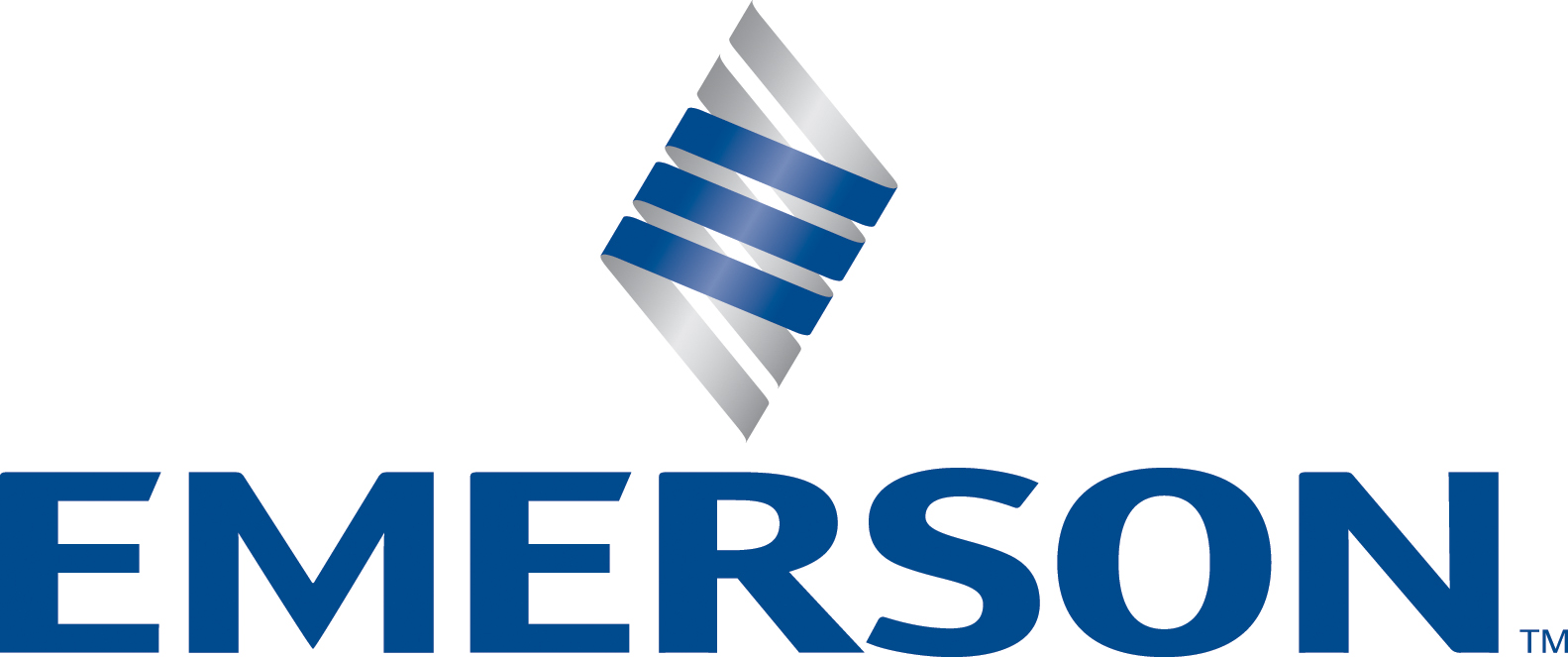Windows Live: A Journey Through Microsoft’s Digital Evolution
I. Introduction
A. Brief Overview of Windows Live
Windows Live, introduced by Microsoft in the mid-2000s, was a suite of online services and applications aimed at enhancing the digital experience for users. It encompassed a range of services, including email, instant messaging, and essential tools for daily tasks.
B. Historical Context
To understand the significance of Windows Live, one must delve into the technological landscape of the time. The early 2000s marked a shift towards internet-centric computing, and Microsoft sought to capitalize on this trend with its suite of online services.
II. Features of Windows Live
A. Email Services
1. Outlook.com
One of the flagship components of Windows Live was Outlook.com, a web-based email service that offered users a seamless and accessible platform for communication.
2. Windows Live Mail
Complementing Outlook.com, Windows Live Mail provided a desktop email client, giving users flexibility in managing their emails offline.
B. Instant Messaging
1. Windows Live Messenger
Windows Live Messenger, a pioneer in instant messaging, connected friends and family worldwide. Its user-friendly interface and integration with other Windows Live services made it a staple in digital communication.
2. Integration with Social Media
As social media gained prominence, Windows Live integrated features that allowed users to connect their accounts, streamlining the management of online presence.
III. Evolution and Rebranding
A. Transition to Outlook.com
In a strategic move, Microsoft transitioned from Windows Live to Outlook.com, rebranding its email services while maintaining a commitment to user experience.
B. Impact on Users and Businesses
This transition presented challenges and opportunities for users and businesses accustomed to the Windows Live ecosystem. The impact was felt across various sectors, from personal communication to professional collaboration.
IV. Windows Live Essentials
A. Suite of Applications
Windows Live Essentials comprised a suite of applications, including photo editing, blogging, and movie-making tools, enhancing the overall digital experience.
B. Popular Tools Included
Applications like Windows Live Writer and Photo Gallery gained popularity for their user-friendly interfaces and functionality.
V. Nostalgia and Community
A. Fond Memories of Windows Live
Many users fondly recall their experiences with Windows Live, reminiscing about the simplicity and innovation it brought to their digital lives.
B. Online Communities and Forums
Dedicated communities and forums sprouted, allowing users to share tips, troubleshoot issues, and celebrate the community spirit fostered by www.windowsphonefr.com/.
VI. Challenges and Criticisms
A. Security Concerns
Windows Live faced scrutiny regarding security, prompting Microsoft to implement measures to safeguard user data and privacy.
B. Competition with Other Platforms
As the digital landscape evolved, Windows Live faced fierce competition from emerging platforms, challenging its dominance in the market.
VII. The End of an Era
A. Discontinuation of Windows Live Services
Microsoft, in a strategic move, eventually phased out Windows Live services, marking the end of an era in digital communication.
B. Microsoft’s New Directions
The discontinuation paved the way for Microsoft’s exploration of new digital avenues, adapting to the changing needs and preferences of users.
VIII. Lessons Learned
A. Microsoft’s Role in Shaping the Digital Landscape
Windows Live stands as a testament to Microsoft’s role in shaping the digital landscape, influencing how individuals and businesses connect and collaborate.
B. User Experiences and Feedback
The feedback received from Windows Live users played a crucial role in shaping subsequent Microsoft offerings, emphasizing the importance of user-centric design.
IX. Conclusion
A. Reflection on the Legacy of Windows Live
Windows Live may be a thing of the past, but its legacy lives on in the memories of users who experienced the digital revolution it sparked.
B. Acknowledgment of Its Impact
As we navigate the ever-changing digital landscape, it’s essential to acknowledge the impact of Windows Live and the role it played in laying the foundation for modern online communication.






